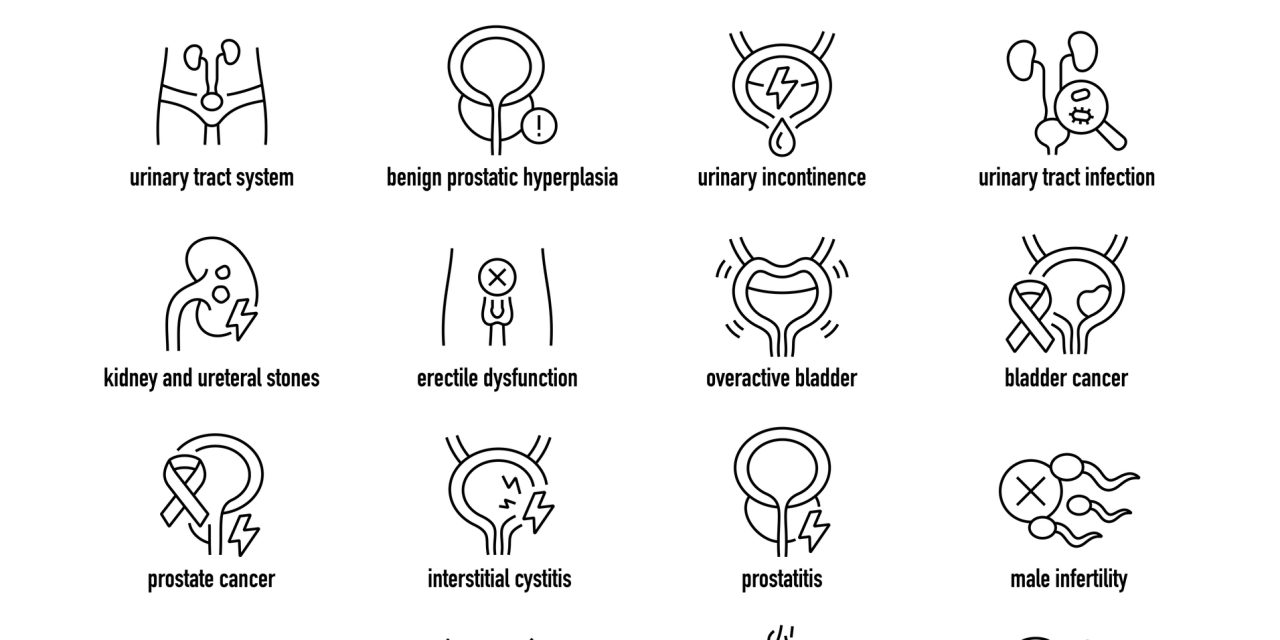This study states that clinical or potentially careful components add to disappointment of penile plication for Peyronie’s reproduction and surveyed results of rehash applications . We led a review audit of patients who went through penile plication somewhere in the range of 2007 and 2016. Plication was performed subsequently to actuate a counterfeit erection intraoperatively utilizing restorative longitudinal 2-zero Ethibond stitches set methodically in a uniform way without circumcision. Penile length, and point and bearing of ebb and flow were recorded, alongside number and area of plication stitches and clinical result. Of 340 patients going through penile plication during the examination time frame 7 (2.1%) went through recurrent plication for deficient fixing. Two extra patients went through rescue plication after beginning a medical procedure performed somewhere else. Middle opportunity to update was a half year (range 3.4 to 27.4). The most widely recognized clinical highlights at reoperation were extreme erectile brokenness in 5 cases (71%), multiplanar bend in 5 (71%) and serious shape (60 degrees or more prominent) in 3 (43%). Most corrections included a more prominent number of stitches during update (mean 9) contrasted with starting application , and in 4 cases (44%) stitches were put on the proximal shaft. Lacking rectification of Peyronie’s sickness shape by penile plication is uncommon however salvageable by a second plication method. Poor erectile reaction to intracavernous infusion intraoperatively may veil the seriousness of the disfigurement, accordingly prompting deficient quantities of remedial stitches.
Reference link- https://www.sciencedirect.com/science/article/abs/pii/S2352077916301819


